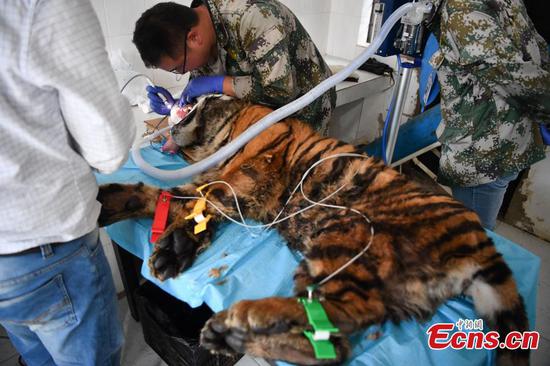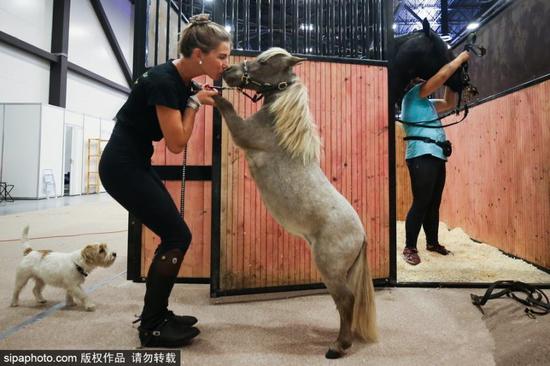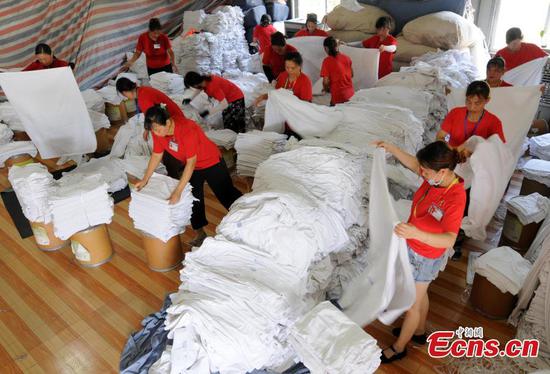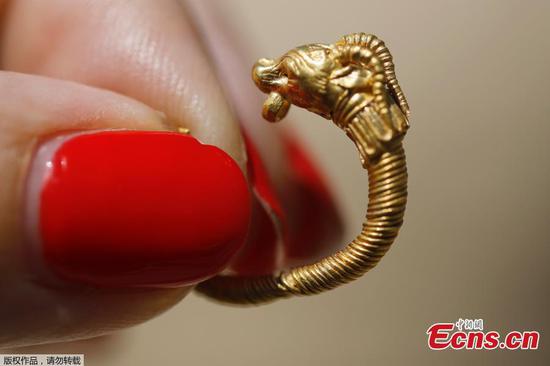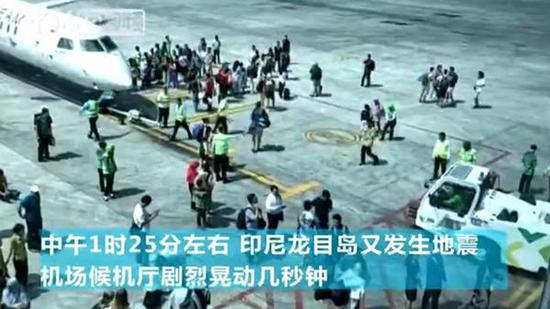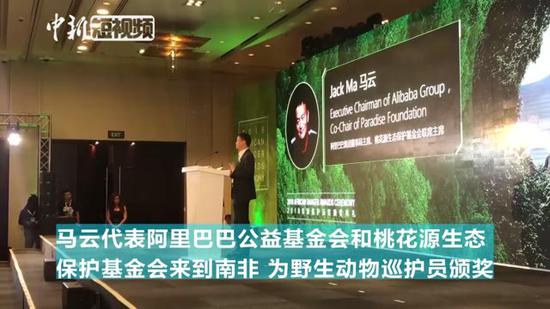U.S. stocks should be close to peaking out, and probably will see a 40-50 percent plunge starting in the spring of 2019 or by 2020 at the latest, a Wall Street expert told Xinhua in a recent interview.
"The stock market remains bullish, but is in the later 'innings of the game,'" said Mark Newton, president and founder of Newton Advisors LLC, adding that the U.S. economy appears to be growing steadily and earnings are in good shape.
With an annual growth rate of 4.1 percent, the second quarter of 2018 proved to be the best quarter for the U.S. economy since 2014, while the latest data from Thomson Reuters showed that the S&P 500 companies' blended earnings in the first half of 2018 are expected to rise over 24 percent year-on-year, also hitting a multiple-year high.
"These are normally never poor at the market peaks," said Newton, who witnessed the outbreak of the 2008 financial crisis as a portfolio manager 10 years ago.
As a former chief technical analyst of investment adviser firm Greywolf, Newton looks back on more than 20 years of buy- and sell-side experience in the financial services industry.
"Technically there have started to be warning signs with regards to negative momentum divergence (an indicator that can signal a pending trend reversal), which have appeared prior to most major market tops, including 2000 and 2007," he said.
Meanwhile, the Shiller PE Ratio, which is based on average inflation-adjusted earnings from the previous 10 years, currently stands above 33, a higher level than in mid-2007, the brink of the subprime crisis.
Only once in history has the ratio been higher than it is today -- in 2000, which saw the after effects of the Asian financial crisis, with the dotcom bubble bursting and other crises.
The U.S. Federal Reserve "raising interest rates at the same time that QE (quantitative easing) has been ceased and now QT (quantitative tightening) has begun could prove problematic as balance sheet reduction happens while most of the world is not quite sure what the result will be," Newton said.
The Fed tightening liquidity at a time when the economy still has very real problems with regards to productivity growth can cause the economy to go back into a recession, he said.










